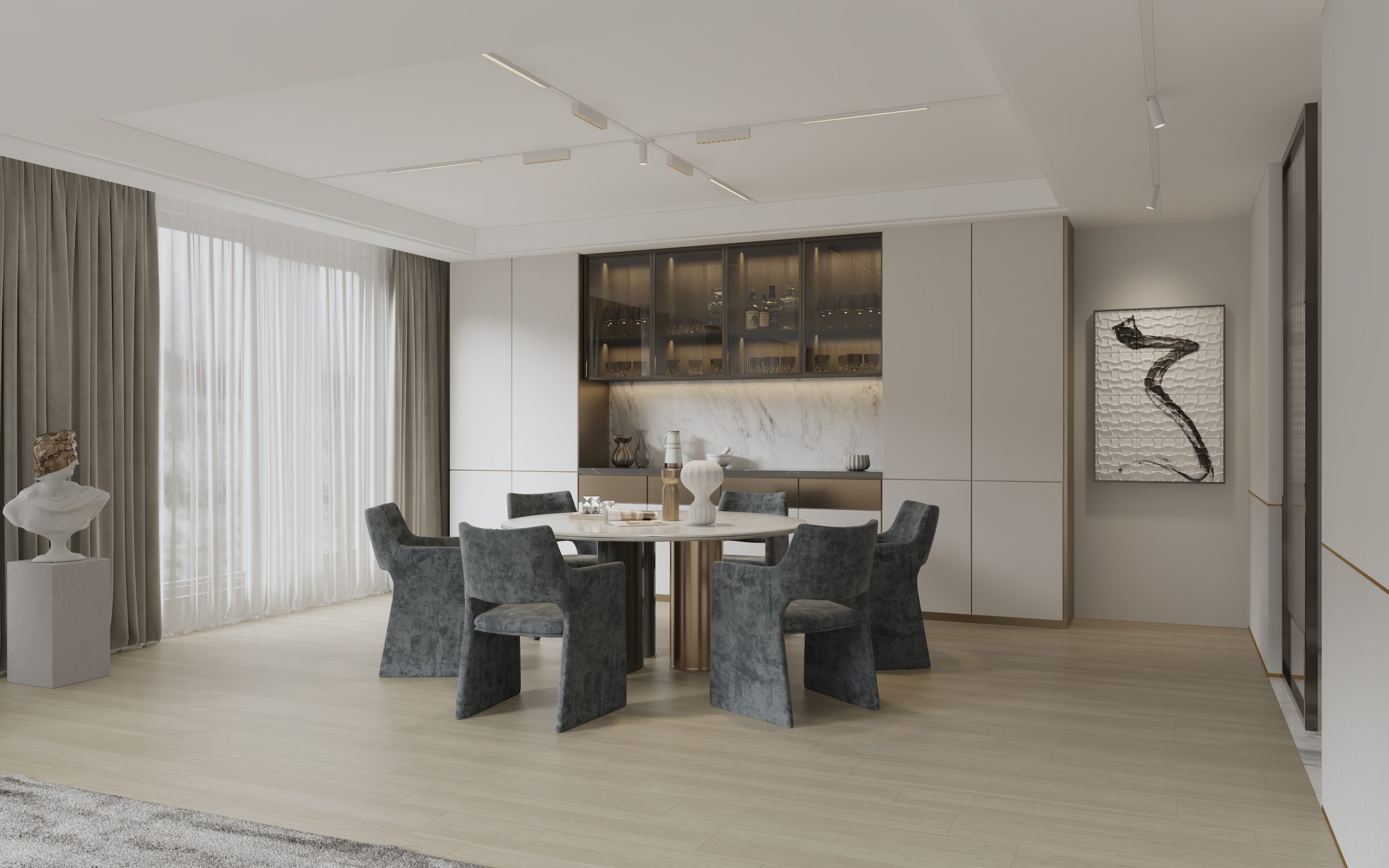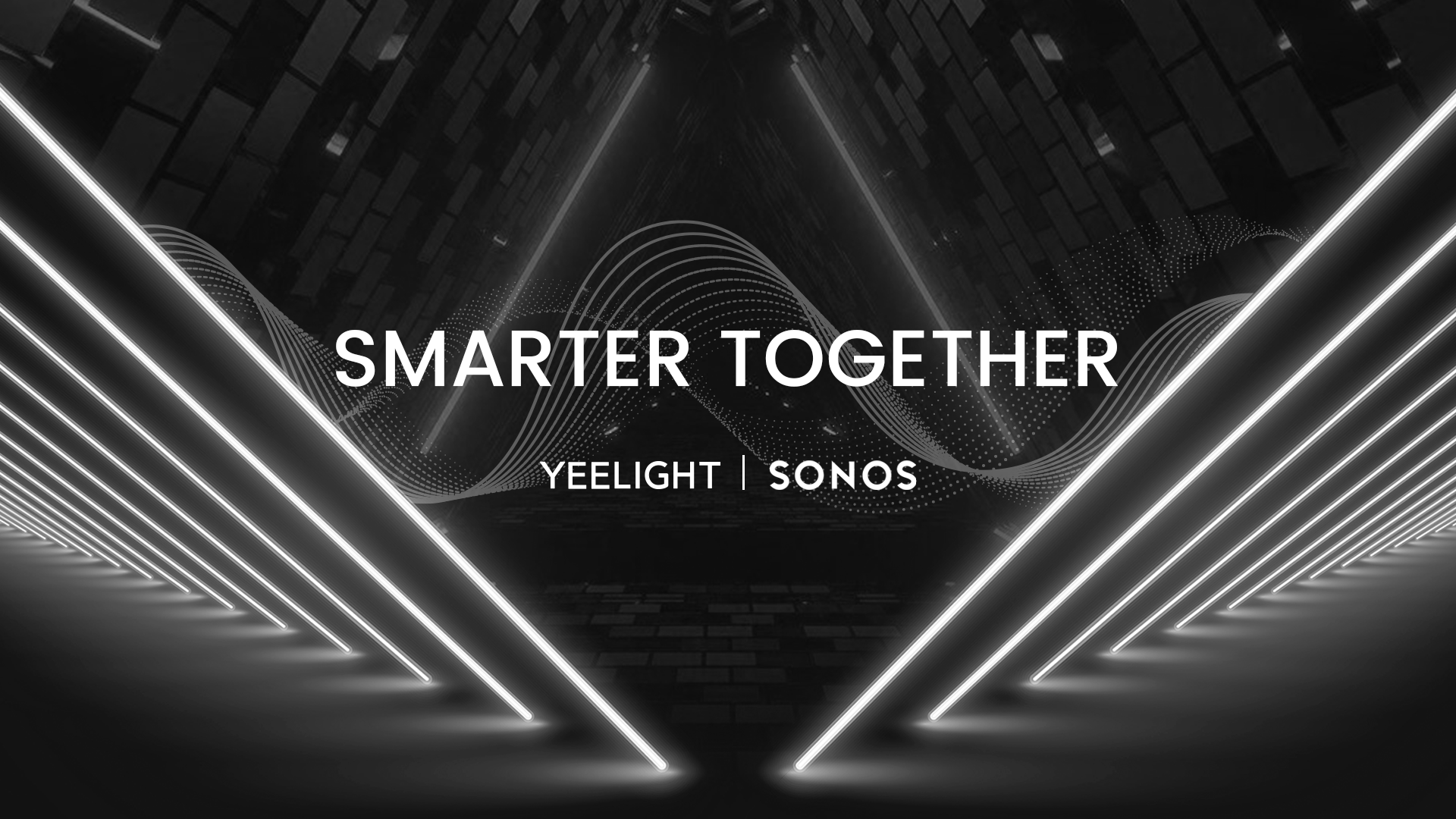Light bulb is one of the most influential innovations of the nineteenth century, altering the way we live. Fast forwarding to the twenty-first century, you’ll see a progression in design and technology of smart lighting solutions that may appear unachievable in the past. The more you know about smart lighting, the more excited you will become. Having doubts on that? Let’s read!
In the increasing field of home automation and internet of items (IoT), smart lights are among the most instantly successful offerings. Smart lighting is a common entry point for a smart home, including light bulbs, dimmers, plugs, light switches and wall panels. And, with so many new alternatives on the market, you might be tempted to fill your entire house with them.
And perhaps you should! There’s a lot of highlights for a whole-home connected smart lighting system, such as automated vacation-mode lighting that makes it appear as if you’re home when you’re not, the fun fad of color-changing bulbs, and the easiness of turning off all the lights your children left on with your voice as you leave for work or go to bed.
Nevertheless, before you load your shopping cart, you need to learn about smart lighting to ensure you’re purchasing the finest lights and switches for your smart home. To that end, here’s a summary of everything you should know before investing.
What is Smart Lighting, Really?
A smart lighting system is a lighting solution for internet-connected smart homes. These lights can make decisions, adhere to schedules, and be remotely controlled via a smartphone app, voice-activated personal assistants, or condition-based IFTTT ((If This Then That))technology.
Smart lights have software that links to an app, smart home assistant, or other smart device, allowing you to automate or control your lights remotely, removing the need for traditional wall switches.
When you’re on your way home. When the smart lighting system detects that it is time to switch on the lights, it does so automatically. When you order pizza, for example, the porch lights switch on as soon as the pizza boy arrives with your order. Smart lighting technology is a component of smart home systems and has a wide range of applications. The majority of these smart lights have a variety of smart functions like changing the color of the light, setting reminders, and so on. The possibilities are endless.
The Advantages of Smart Lighting Technology
Installing smart lighting in homes or workplaces requires a significant initial expenditure. Smart lights, on the other hand, have the following advantages over traditional lighting:
It Saves you Money
Yes, the initial expenses of converting to smart lighting are significantly greater than staying with standard energy-saving lights, but over time, you will save dollars on your lighting bills. Users may remotely establish schedules, change brightness, and control smart lighting. Some smart lights can also be regulated based on occupancy. All of these features help to conserve energy and money.
It Saves your Time
Even better, more intangible savings are actually your time and effort—no more wriggling out of bed to make sure the kids get to turn off the lights on their height level—you can do it directly from your phone. If you think that you don’t need to spend a lot of money on home comforts, look into more inexpensive smart lighting solutions, there are actually plenty of them on the market.
It is User Friendly
Smart lights take the concept of “remote control” to another level. A user can remotely operate a linked smart lighting system. For example, suppose you are outside of town and want to switch on the lights. With a smart lighting system, it is possible. As long as your bulbs are connected to your smart device, you can very well monitor your home’s lights from anywhere in the world.
When you get up in the middle of the night to go to the kitchen or somewhere else. Smart lights that detect motion can turn on automatically. The user experience is taken to another level.
It Can be Controlled by Voice
Smart lighting system lets you manage your illumination with simple voice commands. You can use your voice to turn smart lights on and off, dim them, or order them to play music or change colors, simply with your voice. Anything you want, just say it.
Customization Caters to Your Needs Better
The majority of smart lights on the market have the ability to alter intensity and color. As a result, users may customize the hue and intensity of the light to meet their own requirements.
With the broad variety of smart lighting available on the market, whatever your needs or preferences are, you can discover a device that simplifies your life, reduces your energy footprint, and transforms your entire house into a safe, stress-free, well-lit retreat.
Also, Smart lights know how to delight your mood with the right color. Many smart lights today are music sync and have motion sensors. When you’re watching a movie, playing a game, reading a book, or getting ready for a party, smart lights can change the colors and help you set the perfect mood.
And that isn’t all, smart light that emits blue illumination may lift your spirits, especially during the winter when the cloud cover is thick and sunshine is scarce. Therefore, smart lights are more personal and know your needs better.
Give You a Better Sleep
Another great thing about smart lighting system that we have to talk about is that they are a great helper for you to get a better night’s rest. Your brain is extremely sensitive to light, which has a significant impact on our sleep patterns. When it gets dark, our brain tells us that we’re weary and should get some sleep. When the sun rises and the sky brightens, our brain feels this and tells us it’s time to get active.
Smart lights can help you circumvent your biological clock by imitating lovely, gradual dawn to assist you to get out of bed in the morning. It thus becomes simpler for you to fall asleep when you set your bedroom’s smart lights to a low level and instruct them to face out gradually over half an hour.
Smart Lights Sync with Game and Music
Smart lighting that can sync with game and music can surely help you enjoy a more relaxing and entertaining vibe. For example, Yeelight LED Light Strip 1S integrates perfectly with major gaming ecosystem, such as Razer Chroma, Overwolf. It enables responsive lighting effects triggered by game events, offering spectacular gaming experience. Another example is Yeelight Smart Light Panels (to be launched next month) can be connected to the music by the built-in MIC with sound recognition, or a headphone via audio Y-cable. The smart LED bulbs add stunning color to your music and allow you to enjoy an immersive experience. The panels support Google Home, Alexa, and Xiaomi Smart Speaker. With the help of a cell, app, or Xiao Ai Lite, smart light panels shine whenever you need.
Variations of Smart Lighting System
According to their uses and how they are operated, the following smart lighting systems are available on the market:
1. Wi-Fi-connected
2. Motion sensing lights
3. Hub-enabled Smart Lights
Let’s take a closer look at these smart lighting solutions.
1. Wi-Fi-connected Smart Lighting
Wi-Fi-connected smart lights are a flexible and cost-effective option for smart lighting. They can also be used in standard bulb holders. You just need to link smart lights with their local Wi-Fi network before they can operate them remotely.
General Features of Wi-Fi-connected Smart Bulbs
- Remote control
- Scheduling
- Dimmable
- Color changing
- IFTTT-compatible
- May work with Alexa, Google Home, etc.
2. Motion Sensing Light
Motion Sensors (PIR) are used detect motion and turn on/off lights. Motion-sensing lights, for example, will be automatically on when a person approaches them. The following are some examples of motion-sensing smart light applications:
When you enter the gallery, light’s on. Smart streetlights with motion sensors can detect movement on the road. When motion is detected on the road, the lights will illuminate.
3. HUB-enabled Smart Lights
A home automation hub can be used to control the smart bulb wirelessly. Hubs often employ communication protocols such as Bluetooth, Wi-Fi, Z-Wave and ZigBee, which enable the automation hub to be connected to the designated devices (mobile device, tablet and PC) via an app.
Existing smart home systems may be extended by adding smart lights that use the same communication technology. These smart lights link to the internet through HUB, as illustrated in the top image. Their drawback is that they cannot be used in the absence of a hub.
Communication Technologies Used in Smart lighting System
To send and receive messages, smart lights employ wireless transmissions, and various bulbs use different ways. The communication methods listed below are used to link smart lighting systems to the internet or a smartphone and operate them remotely.
1. A Wi-Fi-enabled Smart Lighting System
Wi-Fi-enabled smart lights communicate with the internet via Wi-Fi networks and can be managed remotely. However, they cannot be managed until an internet connection is present.
2. Smart Lighting System with ZigBee 1 and Z-Wave Connectivity
Similar to Bluetooth-enabled lighting. Smart lights based on ZigBee and Z-wave also form a mesh network. They cannot, however, be controlled in the absence of Hub. A ZigBee / Z-Wave Hub is required to control them.
3. Bluetooth-enabled Smart Lighting
Bluetooth-enabled smart lights may form a mesh network and be controlled by smartphones that support BLE. A Bluetooth Hub is necessary to remotely operate Bluetooth-based smart lighting. A Bluetooth hub is a device that connects Bluetooth-enabled devices to the internet.
Philips Hue, the most well-known Zigbee brand, and Yeelight, a brand coming on strong, has lately begun incorporating alternative Bluetooth radios into its devices, allowing you to bypass the hub and connect directly with your phone for basic functions. Today, many no-hub-smart-bulb devices, and more emerging, on the market can convert Zigbee smart bulb signals into something that your Wi-Fi router can comprehend.
How Does Smart Lighting Work?
Depending on the needs of the user, a smart lighting system may be managed in three different ways.
1. Voice Assistants and Mobile Applications
According to the sort of technology utilized in the lighting system, as illustrated in the above image, connecting smart lights to the internet or Bluetooth through a smart hub, gateway, or directly allows them to be controlled via smartphone applications or smart voice assistants.
2. Motion Detection
This smart lighting system is linked to motion sensors through a cable or wireless connection. When a motion sensor senses movement. It sends a signal to the HUB or directly to the bulb to switch on a smart light.
3. IFTTT: If This Then That
IFTTT, a condition-based technology, can be used to control smart lighting. In IFTTT, the user may specify conditions such as: turn on the light when he is about to return home. To accomplish this, you must acquire an IFTTT-enabled smart lighting system.
How Much Do Smart Bulbs Cost? Yep, Less Than You Think
It wasn’t a long time ago that some folks were spending $30 or even $50 per bulb to get normal, unconnected LED lights installed in their homes. The arithmetic made sense: an average LED will add approximately $1 to your annual energy cost, compared to around $7 for an equivalent incandescent. That implies that a single LED bulb will save you roughly $6 each year over an old-fashioned bulb just like this – and because LEDs are meant to last for decades, investing dozens of dollars for one upfront was a wise long-term investment.
Then, in 2014, increased efficiency regulations and market-moving federal subsidies galvanized the sector into action, resulting in a slew of new lighting alternatives. The increasing competition aided in the reduction of prices, while customer demand encouraged the sector to continue developing.
As a consequence, Smart lightings are improved and became more affordable. And, certainly, recent moves to pull back those efficiency requirements should not change that fact; the lighting business has already ushered us into the smart lighting era, and there’s no indication that it intends to reverse course. For example, outstanding options from Yeelight and Philips Hue available for much less cost per bulb. Meanwhile, a good smart light switch shouldn’t cost you much more than $30. Even sophisticated smart colorful bulbs aren’t that expensive these days, with tried-and-true alternatives from respectable companies available for less than $30 per.




